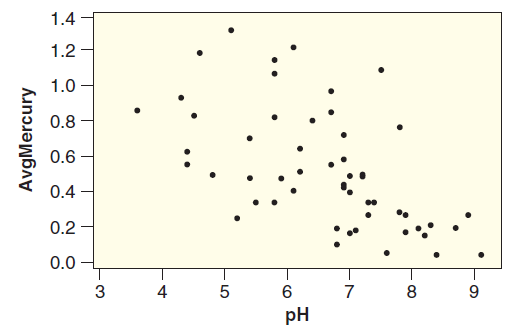Figure 4.26 shows a scatterplot of the acidity (pH) for a sample of n = 53 Florida
Question:
Figure 4.26
 (a) What are the null and alternative hypotheses?
(a) What are the null and alternative hypotheses?
(b) For these data, a statistical software package produces the following output:
r = ˆ’0.575 p-value = 0.000017
Use the p-value to give the conclusion of the test. Include an assessment of the strength of the evidence and state your result in terms of rejecting or failing to reject H0 and in terms of pH and mercury.
(c) Is this convincing evidence that low pH causes the average mercury level in fish to increase? Why or why not?
Data 2.4 on page 68
The FloridaLakes dataset describes characteristics of water samples taken at n = 53 Florida lakes. Alkalinity (concentration of calcium carbonate in mg/L) and acidity (pH) are given for each lake. In addition, the average mercury level is recorded for a sample of fish (large mouth bass) from each lake. A standardized mercury level is obtained by adjusting the mercury averages to account for the age of the fish in each sample. Notice that the cases are the 53 lakes and that all four variables are quantitative.
Step by Step Answer:

Statistics, Enhanced Unlocking The Power Of Data
ISBN: 9781119308843
2nd Edition
Authors: Robin H Lock, Patti Frazer Lock, Kari Lock Morgan, Eric F Lock, Dennis F Lock





